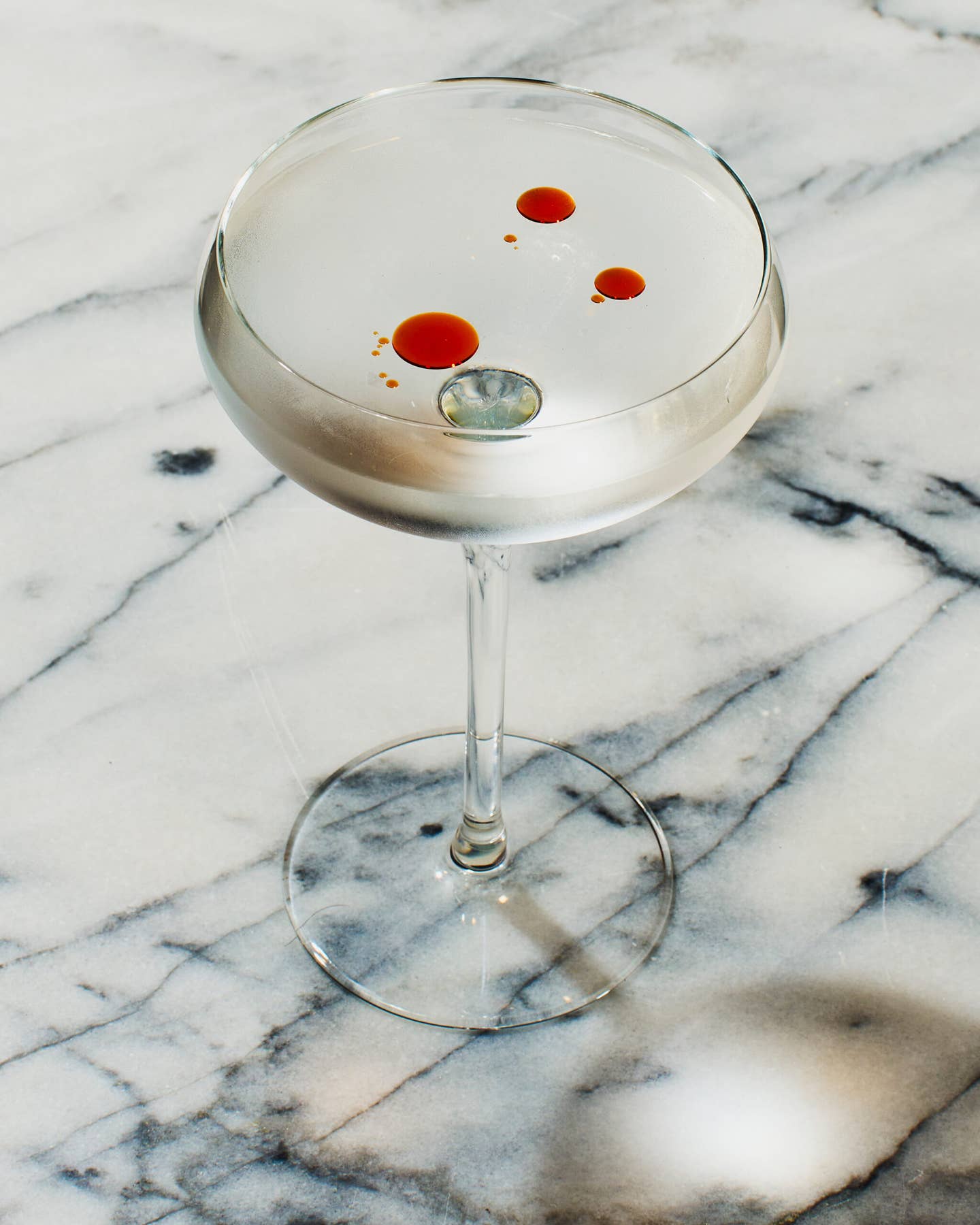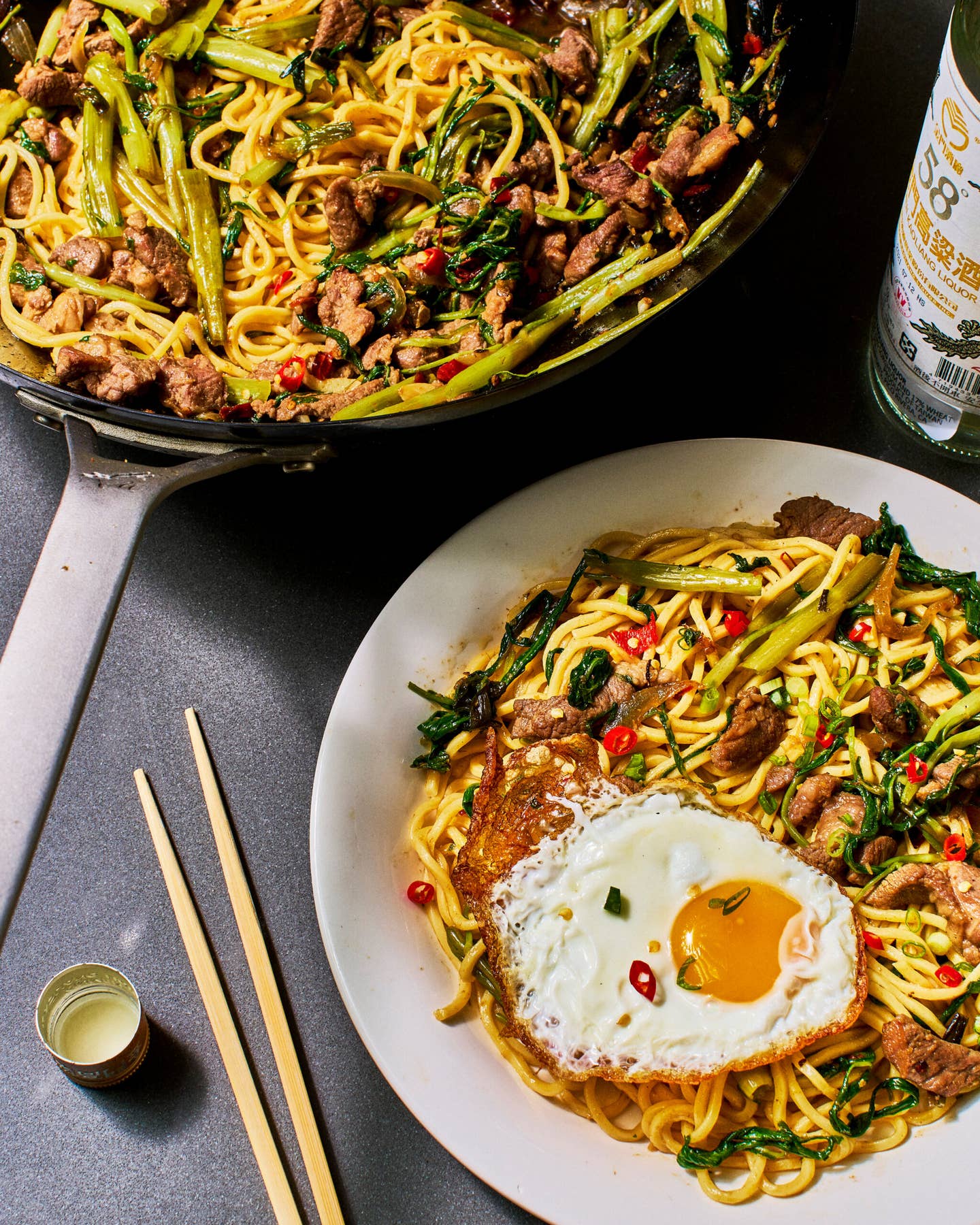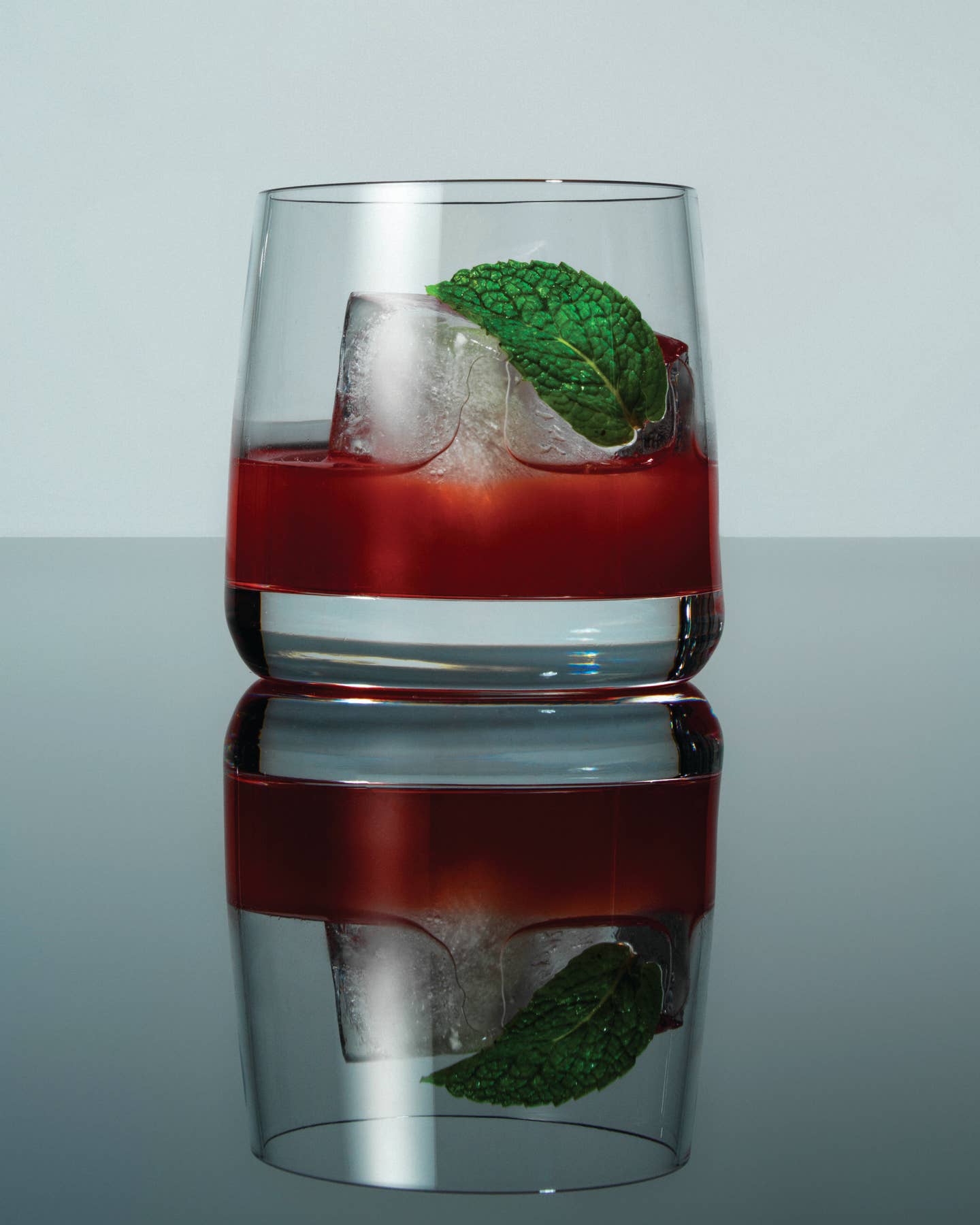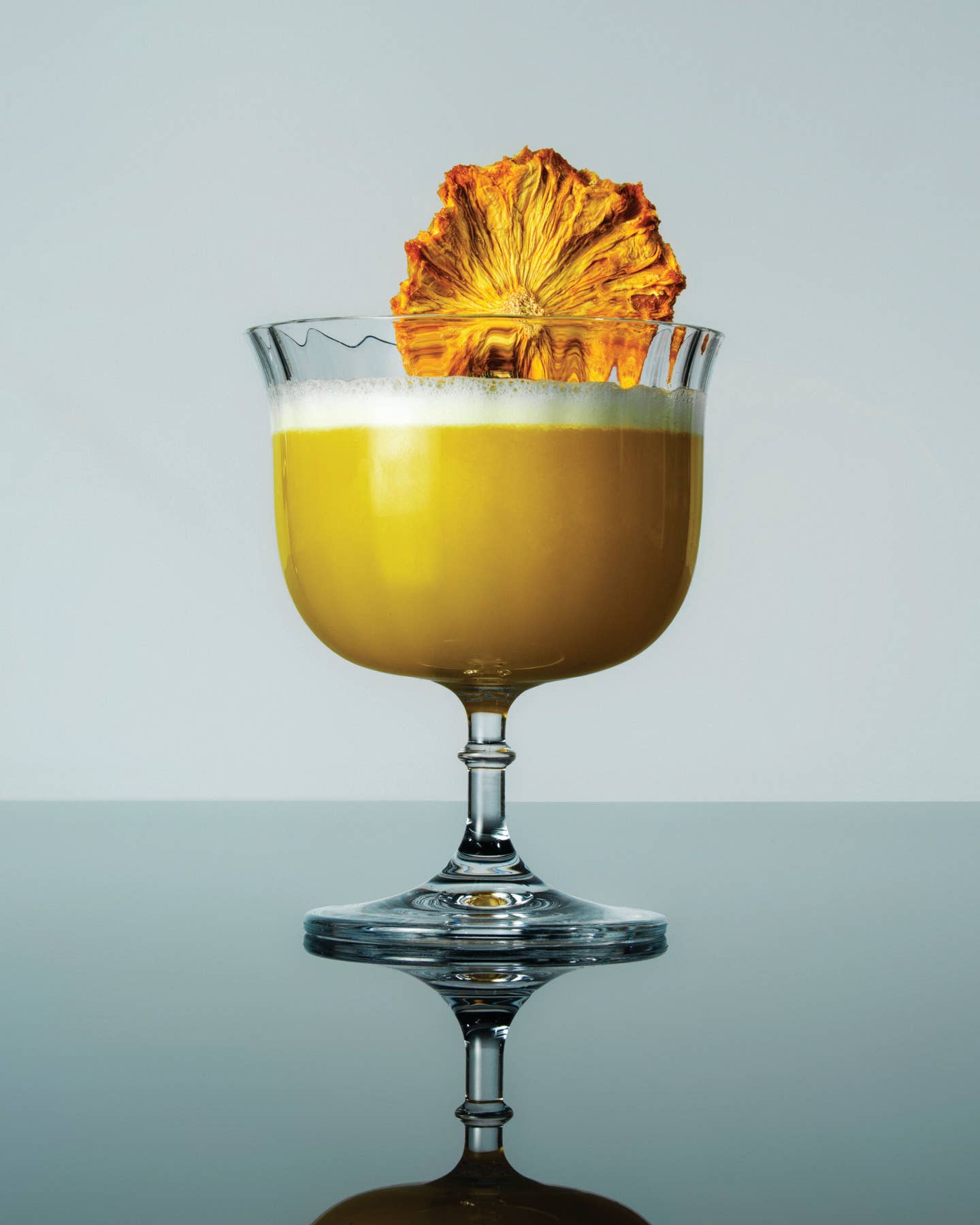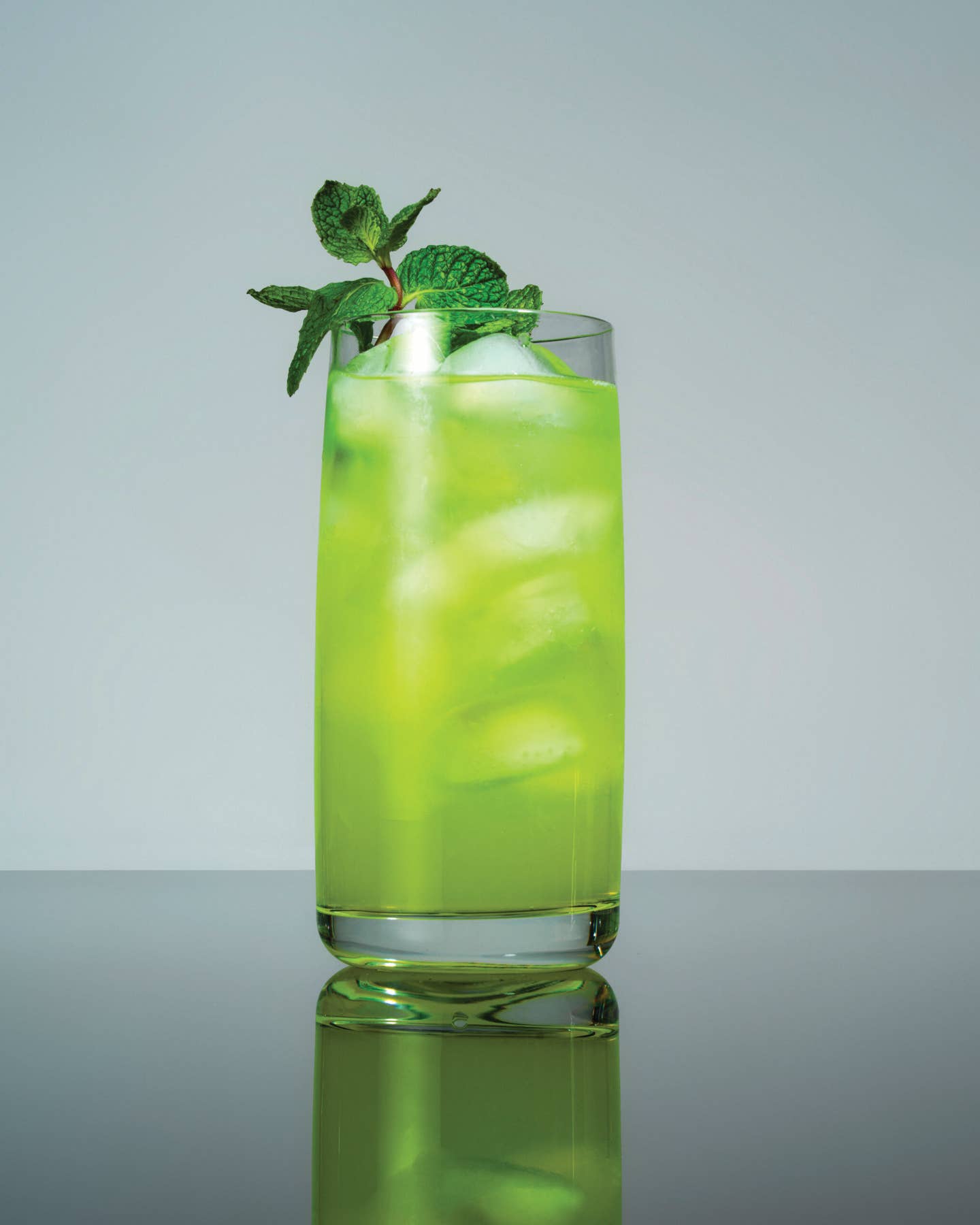Trivia time: What’s probably the most consumed spirit worldwide? When you guessed vodka, rum, or gin, give it one other shot—it’s baijiu, China’s favourite liquor.
A lifetime of visiting the nation of my ancestors has taught me that gatherings there typically imply one factor: swigging, swirling, and spilling beneficiant portions of baijiu. For hundreds of years, folks have been crowding round tables and knocking again the grain-distilled alcohol at household reunions, enterprise dinners, vacation celebrations—and common Thursday nights. “It’s so ingrained within the tradition that I took it without any consideration,” says SAVEUR contributing editor Jessie YuChen, who grew up in Taiwan.
But globally, the spirit stays obscure: For many of my life, I hardly noticed it outdoors of China and Taiwan, and even as we speak, the overwhelming majority of the world’s baijiu is produced and consumed in these two locations.
However currently, unbeknownst to many, baijiu has sprung its borders—and is shedding its popularity as a staid beverage finest loved neat. At this time, increasingly bartenders round the US are looking for out the spirit and turning it on its head: infusing it with botanicals, stirring it into juice, lacing it with tinctures, and shaking it with ice. By pondering outdoors the realm of pictures, they’re turning a brand new technology of drinkers into baijiu devotees.

Baijiu is a transparent alcohol made by fermenting grains (normally sorghum) with jiuqu (aka qu), a dried, grain-based starter tradition that’s been used for millennia. Jiuqu’s microorganisms (equivalent to yeasts and molds) convert the grains’ starches into alcohol, leading to “extra distinctive flavors than you discover in lots of spirits,” explains Derek Sandhaus, writer of Baijiu: The Important Information to Chinese language Spirits and co-founder of baijiu model Ming River. The top consequence typically exceeds 110 proof.
Ernest Lesmana, bar supervisor at Sumiao Hunan Kitchen in Cambridge, Massachusetts, describes the beverage as “a transparent alcohol that has the complexity of a darkish liquor.” Very like whiskey or rum, baijiu isn’t only one factor—it’s an umbrella time period for a spectrum of kinds, that are divided into 4 major aroma classes. Completely different areas produce remarkably divergent taste profiles: One bottle might remind you of floral sake, whereas one other could be savory with soy-sauce notes.
Rice-aroma baijiu is distilled from rice grains utilizing rice-based qu. With its clear end and delicate, floral taste, “it’s most likely the easiest way to jumpstart your baijiu journey,” Lesmana notes. Historic distillery Guilin Sanhua produces a well-liked model.
Mild-aroma baijiu, constructed from a mash of sorghum and both pea-and-barley or wheat-bran qu, is often fermented in stone vessels, yielding a spirit with melon and dried-fruit notes. Pink Star Erguotou, Fenjiu, and Kinmen Kaoliang are a couple of family names that create this reasonably priced model.
Sturdy-aroma baijiu, largely produced in Sichuan Province, dominates the Chinese language market. Fermentation in clay pits, typically for many years, provides this model overripe-pineapple notes. Luzhou Laojiao, one of many oldest repeatedly working distilleries in China, nonetheless maintains use of its Sixteenth-century pits.
Sauce-aroma baijiu is pure umami, with woodsy mushroom notes. A number of rounds of fermentation and distillation, coupled with growing old, make bottles like Kweichow Moutai fetch hundreds. “It’s like darkish soy sauce coating your mouth and makes you wish to eat extra,” says Lesmana.
First, ensure that there’s lots to eat—we’re speaking excessive ABVs right here. Subsequent, remember the fact that communal baijiu-drinking is a ritual, not less than in a lot of China and Taiwan: Historically, each keen grownup on the desk receives a shot glass not a lot bigger than a thimble. After every pour, there’s a toast to not less than one different particular person on the gathering, then everybody takes the shot concurrently. “Reciprocity is predicted, so watch your tempo,” Sandhaus cautions, because it’s not unusual to knock again 30 or 40 pictures throughout a single dinner. (As youngsters, each YuChen and I’d giggle on the sidelines whereas our respective, in any other case severe elders acquired progressively tipsier.) “When you consent to the consuming session by becoming a member of in a toast, you’re in for the lengthy haul,” Sandhaus provides.
As a result of baijiu is a work-dinner staple in China, rising up I at all times considered it as an previous particular person’s beverage. Years later, dwelling in Beijing, I grudgingly went by way of the motions when it got here time to take pictures. It wasn’t till a couple of years in the past after I had my first baijiu cocktail that I started to see the spirit in a brand new mild.
Converging forces are propelling the baijiu revolution: immigration, tourism, progressive Chinese language eating places, and a world frenzy over all issues fermented, to call a couple of. Nick Lappen, founding father of the previous Boston Baijiu Bar pop-up, says the liquor is presently the place mezcal was a decade or two in the past: “When you tried to inform bar managers that the quickest rising class of spirits as we speak can be an at-the-time comparatively unknown agave distillate from a couple of particular areas of Mexico, most wouldn’t have taken you severely.”
My very own aha second occurred within the 2010s, after I began seeing “baijiu bars” pop up in Asia and the U.S. I couldn’t consider the cocktails I used to be sipping—swirled with juices, syrups, and enlivening Asian herbs and spices—had been constructed on the spirit that had made me crinkle my nostril my entire life. It didn’t harm that the drinks had been typically served in cozy, dimly lit digs adorned tastefully with Chinese language motifs. On the New York Metropolis speakeasy Lumos, there have been baijiu sesame coladas sweetened with mangosteen juice; Capital Spirits in Beijing blended baijiu and passionfruit syrup into Sichuan slings. However these early entrants had been solely the start.
When Haoran Chen (born in China’s Guangdong Province and later raised in New York) dreamed up his Queens bar 929, he knew a baijiu creation belonged on the menu. After immigrating to the U.S. as a baby, Chen “began to treasure” issues that reminded him of house, he says. The Final Emperor, flavored with umeshu (Japanese plum wine) and spiked with the Taiwan-made light-aroma baijiu Kinmen Kaoliang, is YuChen’s common order. “There’s a way of satisfaction in realizing that is from our house, and now we get to drink it right here,” says YuChen.
Baijiu is coming into the mixology mainstream, however the query stays: Why? Zoe Burgess, writer of The Cocktail Cupboard: the Artwork, Science and Pleasure of Mixing the Good Drink, suspects the reply lies within the trendiness of terroir, in addition to jiuqu’s means to create extremely native expressions in taste and magnificence. Then there’s the rise of regional Chinese language eating places and cookbooks that incorporate the spirit as an ingredient—even when it’s not at all times a simple promote. “Mixing baijiu right into a cocktail” is the gateway, based on Tina Heath-Schuttenberg, co-founder of Kwei Fei, a Sichuan restaurant in Charleston, South Carolina that additionally presents baijiu flights.
If you end up with a bottle of baijiu that has barely candy undertones (like a rice-aroma selection), Lappen recommends reaching for wealthy, rounded flavors equivalent to coconut, hazelnut, or chocolate. Then again, stone fruits and fragrant herbs can amplify the overripe-fruit notes of strong-aroma model baijiu. For these deeply funky bottles, attempt working in darkish, earthy notes like espresso or soy sauce.
The mixer is your pal. A water-based beverage equivalent to seltzer or tea helps mood the excessive ABV, Burgess notes. In response to YuChen, earthy pu’er and floral Taiwanese high-mountain oolong are two teas that pair particularly effectively with baijiu.
However of all the flavour pairings, citrus is probably probably the most unbeatable, says Lily Wang, co-owner of Chicago cocktail joint 9 Bar. “You want acid to steadiness out the daring taste,” she explains. Her Baijiu Chuhai, impressed by Japanese shochu highballs, blends lemon juice and Calpico, a yogurty Japanese smooth drink.
Many bartenders within the U.S. work with the extensively obtainable Ming River, a sub-brand of the historic Chinese language distillery Luzhou Laojiao meant for mixing. However any baijiu can carry a compelling depth of taste to a cocktail. The underside line: Experiment. “Folks shouldn’t be afraid to attempt a couple of completely different bottles,” says YuChen, “as a result of each tastes completely different.”
With extra reporting by Jessie YuChen.
